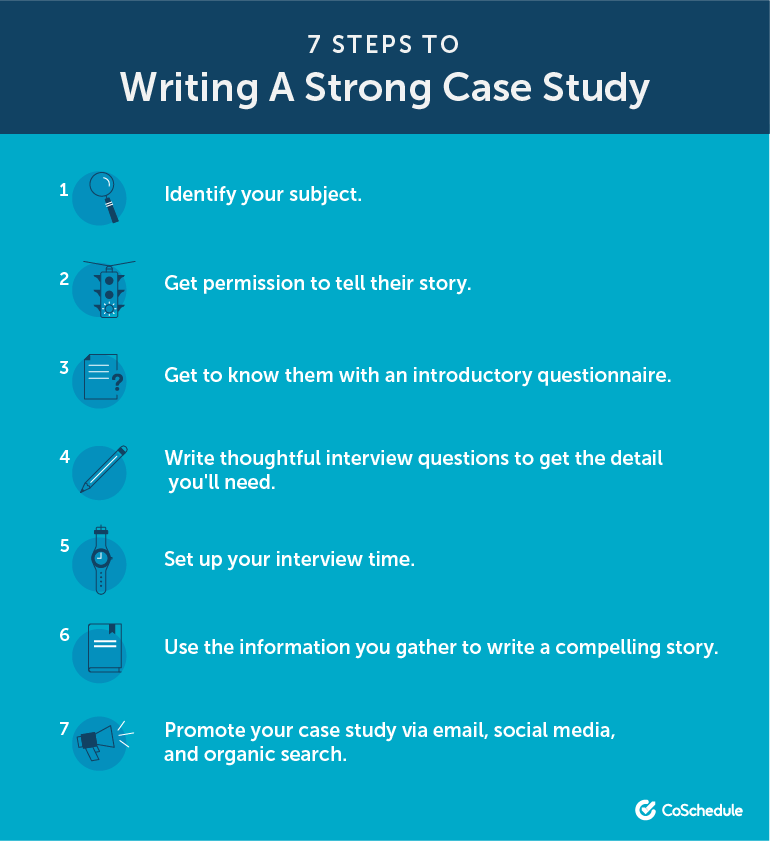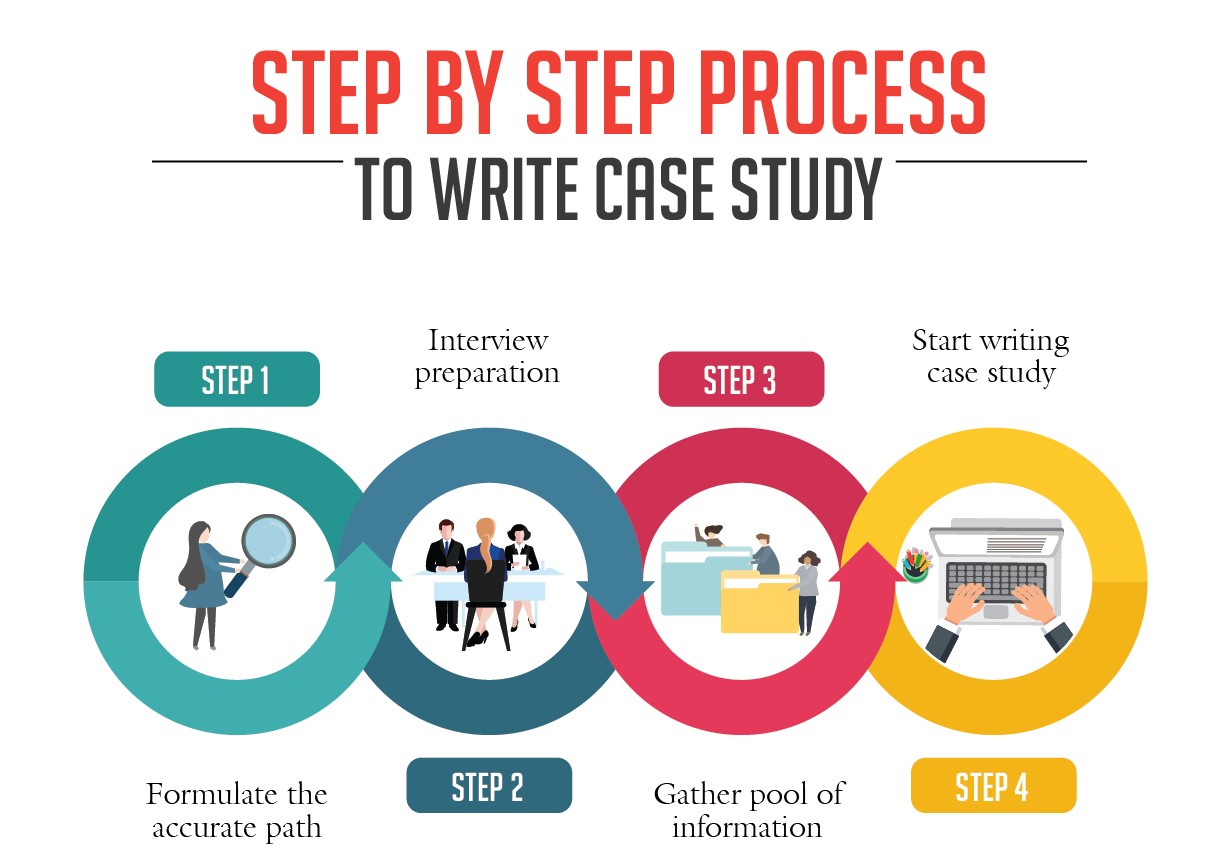If you’re unsure how to write a case study, here are some tips. Hopefully, this article will guide you in writing your own. In this article, I’ll talk about case study structure, examples, and audience. Keep reading for more information. There are some key steps to follow when writing your case study. Here’s how to write a case study that will get you the results you want.
Steps to writing a case study
If you’re planning on submitting a case study to a potential client, you should start by determining your target audience. Then, narrow it down by choosing a specific product or service that would address the pain points of the potential client. It is a good idea to include statistics to increase the credibility of your case study. While you can’t include any information that would violate your client’s privacy, you can include data related to the client’s timeline, budget, and solution.
Structure of a case study
Case studies provide an opportunity for students to learn about the world around them. They can provide new insights into prevailing theories and assumptions, and can be an important part of socio-economic discussions. As a result, they can also help lay the foundation for broader trends and issues. However, conclusions drawn from case studies must be based on evidence and not mere speculation. If you want to find out how to improve girls’ education in Azerbaijan, for example, you will need to learn more about this issue.
Examples of a case study
A case study can be written in many ways, including a descriptive form, an analytical style, or both. In the latter case, the study is more focused on the business or organization, while an instrumental case study focuses on a specific individual. For example, a researcher interested in child obesity might study middle school students and the effects of an exercise program. In this case, the researcher is looking for patterns between the children and exercise, and why some become obese. However, in a person case study, the researcher is focusing on one individual and may use several methods to come up with the most accurate and useful information.
Target audience of a case study
There are two primary ways to determine who the target audience of your case study should be. The first way is to conduct research. Do a market survey or conduct social media engagement to discover which aspects of your product or service are of interest to your target audience. In addition, market research can help you identify gaps in your product or service, as well as its unique value. The second way is to conduct qualitative interviews with actual customers or other industry experts.
References to include in a case study
If your study deals with PTSD, there are specific guidelines you should follow when listing references. Referencing sources should be done according to the citation style. These styles include MLA, APA, Chicago, and Harvard. References should not exceed 15 in a case study without a clear justification. Personal communication and textbooks are not appropriate references. In addition, any figures or graphs should be accompanied by a legend that explains their meaning.
Identifying new ways to interpret prior research
When writing a case study, there are four stages to follow: analysis, implementation, discussion, and reporting. The first stage explores the phenomenon within its context and interprets its findings through the lens of the respondents. The next phase explores the implications of the case study findings. The final section of the case study should include questions for further research and exploration. To avoid plagiarism, be sure to reference all your sources.





